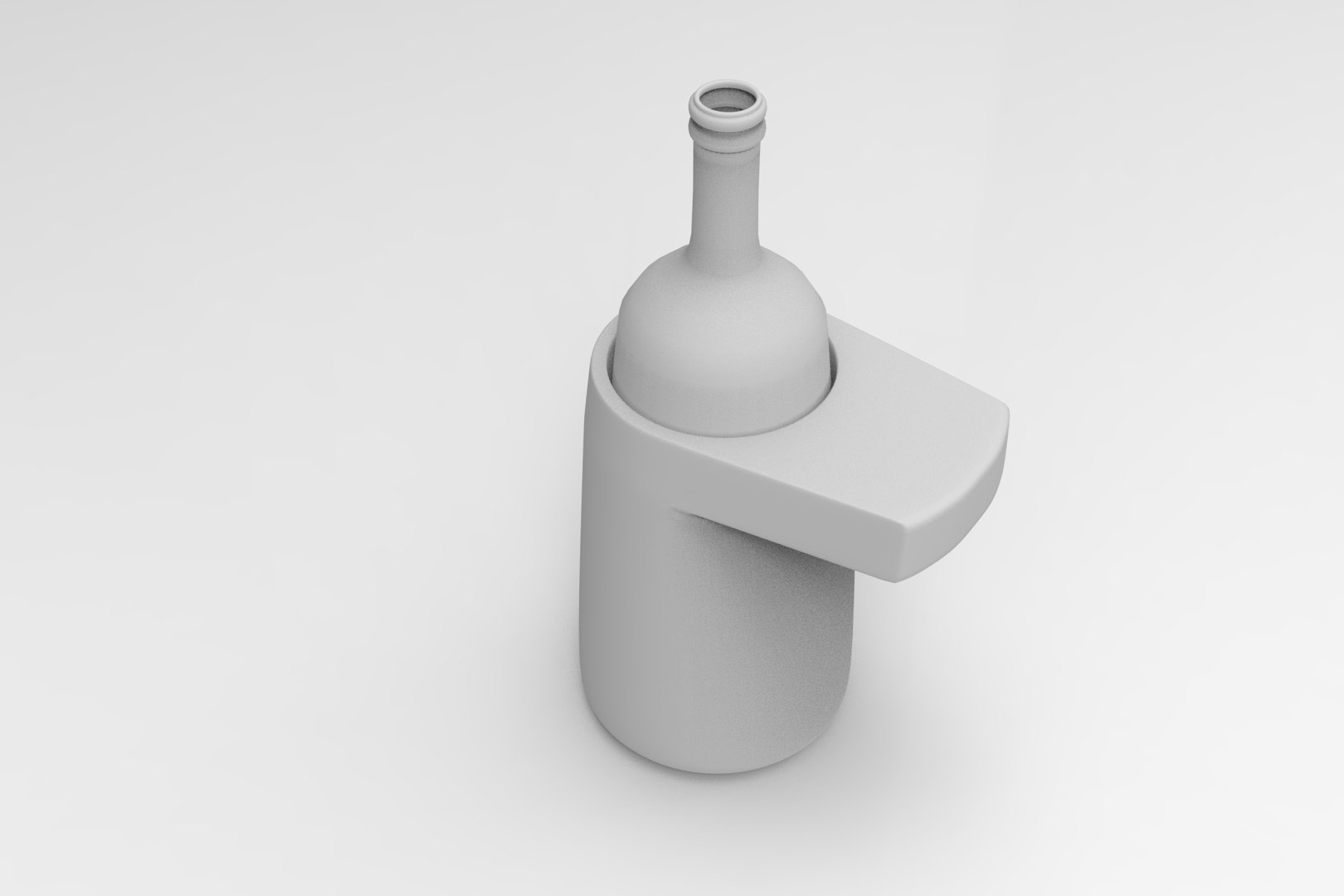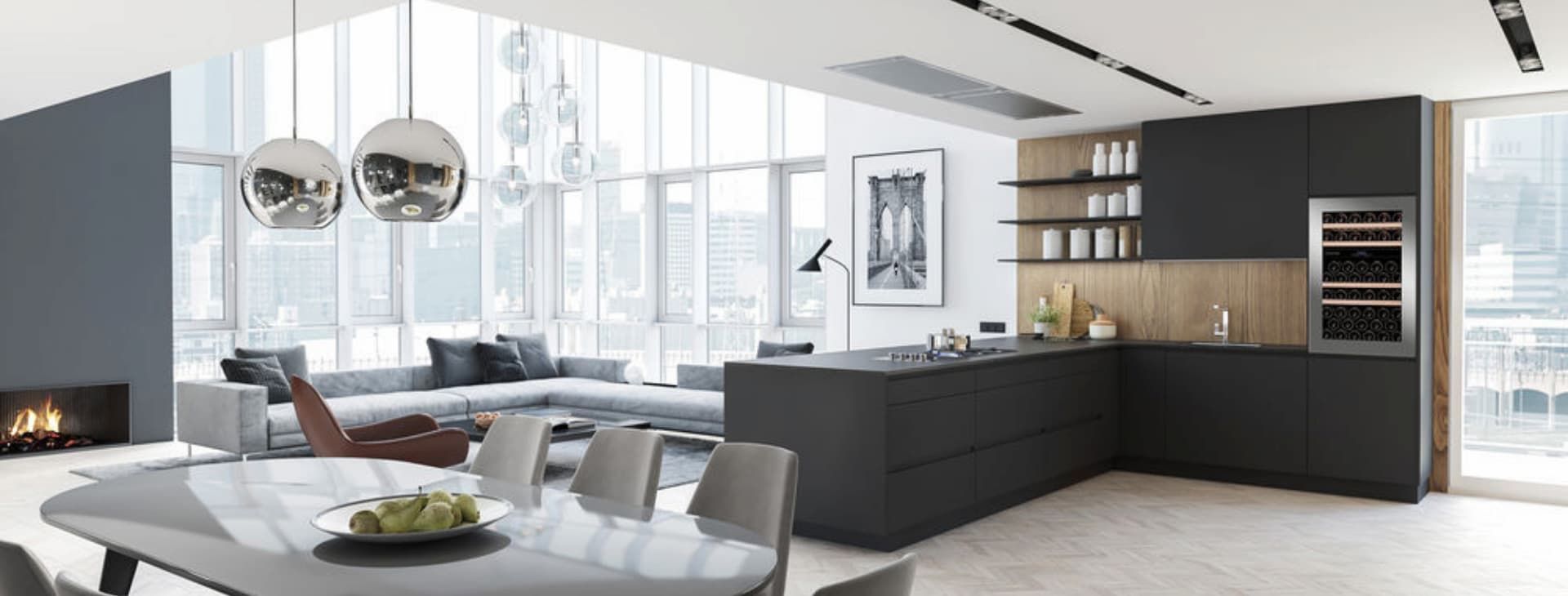Choosing the Right Refrigerated Wine Cabinet

Selecting the perfect refrigerated wine cabinet is an investment in preserving your cherished collection. The right cabinet will not only keep your wines at their optimal temperature but also enhance their overall aging process, ensuring you enjoy them at their peak. Consider these factors to make an informed decision.
Types of Refrigerated Wine Cabinets
Different wine cabinets cater to various needs and preferences. Understanding the distinctions between single-zone, dual-zone, and multi-zone cabinets is crucial for making the right choice.
| Type | Temperature Range | Capacity | Features |
|---|---|---|---|
| Single-Zone | Typically 50-65°F (10-18°C) | Varies widely, from a few bottles to over 100 | Simple temperature control, ideal for wines served at a similar temperature. Often more affordable. |
| Dual-Zone | Two independently controlled temperature zones (e.g., 50-55°F and 60-65°F) | Varies widely, from a few bottles to over 100 | Allows for storing red and white wines at their ideal serving temperatures simultaneously. More versatile than single-zone models. |
| Multi-Zone (Three or more zones) | Three or more independently controlled temperature zones | Usually larger capacity, often 100+ bottles | Offers maximum flexibility for storing a diverse collection of wines at various optimal temperatures. Typically the most expensive option. |
Built-in vs. Freestanding Wine Cabinets
The choice between a built-in and freestanding wine cabinet depends on your kitchen design and personal preferences.
Built-in cabinets are designed to seamlessly integrate into your kitchen cabinetry, offering a clean and unified aesthetic. Installation requires careful planning and often professional help to ensure a perfect fit within your existing cabinetry. Freestanding cabinets offer greater flexibility in placement and are easier to install; they can be positioned anywhere with a suitable power outlet. However, they may not always blend seamlessly with existing kitchen designs.
Determining the Appropriate Size and Capacity
Accurately assessing your current and future wine storage needs is essential. Begin by counting your existing bottles. Consider your drinking habits and projected growth of your collection over the next few years (e.g., If you buy an average of 12 bottles per year, and you plan to keep the cabinet for 5 years, you’ll need space for at least 60 additional bottles). Adding 20-30% extra capacity accounts for future expansion. For example, if you currently own 50 bottles and anticipate buying 60 more, a cabinet with a capacity of at least 130-140 bottles would be appropriate.
Energy Efficiency and Running Costs
Energy efficiency is a critical factor, especially for cabinets that run continuously. Look for models with high energy-efficiency ratings (e.g., Energy Star certification in the US). Compare the annual energy consumption figures provided by manufacturers to estimate the running costs. A cabinet with a lower annual energy consumption will translate to lower electricity bills over its lifespan. Consider factors like insulation and compressor technology, which directly impact energy efficiency. For instance, a cabinet with better insulation may require less energy to maintain the desired temperature, reducing your overall energy consumption.
Building Your Own Refrigerated Wine Cabinet (DIY Aspects): Build Your Own Refrigerated Wine Cabinet
Building your own refrigerated wine cabinet is a rewarding project that allows for customization and potentially significant cost savings compared to buying a pre-made unit. This process requires careful planning and execution, but the result is a unique and functional addition to your home. This section details the necessary steps, materials, and considerations for a successful DIY wine cabinet build.
Necessary Tools and Materials
Constructing a wine cabinet demands specific tools and materials. The exact quantities will depend on the cabinet’s size and design, but this list provides a comprehensive starting point. Precise measurements and careful selection are crucial for a successful build.
- Wood: Choose a durable, moisture-resistant wood like cedar or redwood for the cabinet’s structure. Consider using sustainably harvested wood to minimize environmental impact. Approximately 8-10 linear feet of 1×12 lumber, 4-6 linear feet of 1×6 lumber, and plywood for shelving and the back panel will be needed for a standard-sized cabinet.
- Refrigeration Unit: A thermoelectric cooler or a compressor-based refrigeration system is needed. Thermoelectric coolers are quieter and more energy-efficient but less powerful. Compressor systems offer superior cooling capacity but are noisier and consume more energy. Consider the size of the unit based on the internal volume of the cabinet.
- Insulation: Use rigid foam insulation board (like polyurethane or XPS) with an R-value of at least R-10 to maintain the desired temperature. The thickness should be sufficient to minimize heat transfer. Consider eco-friendly insulation options like recycled cellulose or sheep’s wool for a more sustainable approach.
- Hardware: This includes hinges, screws, nails, wood glue, sealant, and any desired finishing hardware (handles, latches). Choose high-quality, durable materials.
- Tools: A circular saw, jigsaw, drill, screwdriver, measuring tape, level, and safety glasses are essential. Additional tools may be needed depending on the complexity of the design.
- Wiring and Electrical Components: If using a compressor-based system, you’ll need electrical wiring, a power cord, and potentially a circuit breaker to ensure safety. Consult a qualified electrician for any electrical work if you are not experienced.
Step-by-Step Construction Process
Building the wine cabinet involves a methodical approach. Each step is crucial for ensuring a well-functioning and aesthetically pleasing unit.
- Cabinet Construction: Cut and assemble the wooden frame according to your design. Ensure all joints are secure and properly glued.
- Insulation Installation: Cut and fit the insulation boards inside the cabinet frame, ensuring a snug fit to minimize gaps. Seal any gaps with appropriate sealant.
- Refrigeration Unit Installation: Mount the refrigeration unit according to the manufacturer’s instructions. Ensure proper ventilation and secure connections.
- Wiring and Electrical Connections (if applicable): Connect the refrigeration unit to the power source carefully, following all safety precautions. Consult an electrician if needed.
- Shelving Installation: Install the shelves, ensuring they are level and securely fastened.
- Finishing and Refinement: Apply a suitable finish to the wood, protecting it from moisture and providing an attractive appearance. Consider using non-toxic, environmentally friendly finishes.
- Testing and Adjustment: Test the refrigeration system, ensuring it maintains the desired temperature. Adjust settings as needed.
Cooling System Options
Choosing the right cooling system significantly impacts the cabinet’s performance and energy efficiency.
- Thermoelectric Coolers: These are solid-state devices that use the Peltier effect to generate cooling. They are quieter and more energy-efficient than compressor systems but have a lower cooling capacity.
- Compressor-Based Systems: These use a compressor to circulate refrigerant, providing more powerful cooling. They are generally noisier and consume more energy than thermoelectric coolers.
Sustainable and Eco-Friendly Design
Building a sustainable wine cabinet involves using environmentally responsible materials and practices.
- Recycled Materials: Incorporate recycled wood or reclaimed lumber where possible to reduce the demand for newly harvested timber.
- Sustainable Wood: Choose wood certified by organizations like the Forest Stewardship Council (FSC) to ensure it comes from sustainably managed forests.
- Eco-Friendly Insulation: Use insulation materials with low environmental impact, such as recycled cellulose or sheep’s wool, instead of traditional foam insulation.
- Energy-Efficient Refrigeration: Opt for a refrigeration system with high energy efficiency ratings (Energy Star certified if possible) to minimize energy consumption.
- Non-Toxic Finishes: Use low-VOC (volatile organic compound) or water-based finishes to reduce harmful emissions.
Maintaining and Using Your Refrigerated Wine Cabinet

Your carefully constructed wine cabinet deserves proper care to ensure your collection thrives. Maintaining the right temperature and humidity, cleaning regularly, and understanding potential problems are key to enjoying your wine for years to come. This section details best practices for using and maintaining your custom-built cabinet.
Optimal Wine Storage Conditions, Build your own refrigerated wine cabinet
Maintaining the ideal environment is crucial for preserving wine quality. The temperature should ideally remain between 55°F and 58°F (13°C and 14°C) for long-term storage. Fluctuations in temperature can prematurely age wine and affect its flavor profile. Humidity should be kept around 50% to 70% to prevent corks from drying out and allowing oxygen to enter the bottle. Consistent temperature and humidity are far more important than hitting a precise number.
Cleaning and Maintenance of Your Wine Cabinet
Regular cleaning is essential for preventing the growth of mold and mildew and maintaining the cabinet’s efficiency. Once a month, gently wipe down the interior shelves and walls with a soft, damp cloth and a mild solution of dish soap and water. Avoid harsh chemicals or abrasive cleaners. For stubborn stains, a mixture of baking soda and water can be effective. Ensure the cabinet is completely dry before replacing the wine bottles. Check the seals regularly for any damage and clean the condenser coils at least twice a year using a vacuum cleaner brush attachment to ensure efficient cooling.
Troubleshooting Common Problems
Even with careful construction, issues can arise. If your cabinet isn’t cooling properly, check the power cord and ensure it is securely plugged in. Inspect the condenser coils for dust buildup, which can hinder cooling efficiency. If the temperature is still incorrect, it may require professional service. A constantly running compressor could indicate a problem with the door seal, a malfunctioning compressor, or a refrigerant leak, requiring professional attention. Unusual noises, such as loud humming or clicking, often signify a mechanical issue and warrant professional inspection.
Selecting Wine Racks and Accessories
Choosing the right racks is vital for efficient storage and wine protection. Proper organization prevents bottles from shifting and potentially breaking.
Build your own refrigerated wine cabinet – The following types of racks offer various storage solutions:
- Wooden Racks: These provide a classic look and are gentle on bottles. They are available in various styles and sizes to suit different cabinet configurations.
- Metal Racks: Often more durable and less expensive than wooden racks, they offer a more modern aesthetic. Choose rust-resistant materials for longevity.
- Pull-Out Racks: These are excellent for accessibility, especially in deeper cabinets. They allow easy access to bottles stored further back.
- Stackable Racks: These are ideal for maximizing space in smaller cabinets, offering vertical storage solutions.
